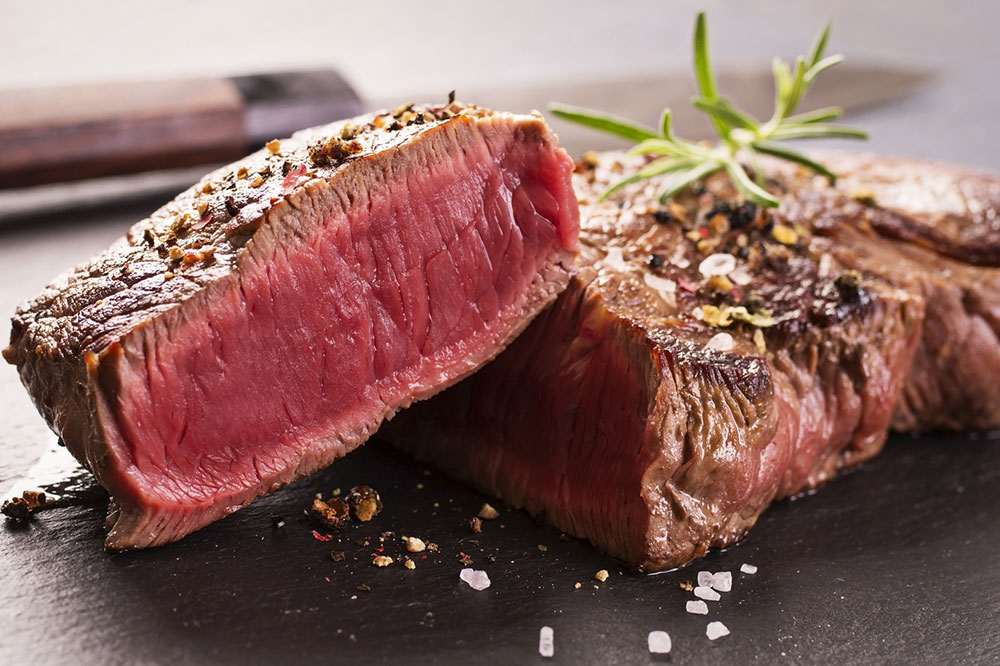5 foods to avoid for high blood pressure

High blood pressure is one of the most prevalent health problems globally. While it is a lifelong disorder with no cure, high blood pressure can be managed through treatments and lifestyle modifications. One of the crucial aspects of managing it is eating the right foods and avoiding others. Fresh fruits, green vegetables, and whole foods are often recommended to maintain safe blood pressure levels. Equally importantly, one must avoid fried and fatty foods, among others.
5 foods to avoid that increase blood pressure
Cold cuts and cured meats
Salami, sausages, pepperoni, bacon, prosciutto, and hot dogs contain a high amount of sodium. The high level of sodium is necessary to preserve the meat. It also gives the cold cuts and cured meats their flavor. However, for those with high blood pressure, eating these meats on a regular basis will worsen the symptoms.
Packaged sandwiches
Sandwiches can be healthy meal options. However, the nutritional value and whether they are safe for high blood pressure or hypertension greatly depends on the ingredients used. Most packaged sandwiches use white flour-based bread, deli meats, cheese, pickles, and other condiments. All of these make these sandwiches high in sodium, which is bad for managing high blood pressure. Instead, homemade sandwiches with fresh vegetables, whole-grain bread, and non-sodium-rich ingredients are a better alternative.
Frozen pizza
This may seem like a quick and convenient alternative to cooking a meal. However, frozen pizzas can potentially make hypertension worse, especially when consumed on a regular basis. This is because they have high amounts of saturated fats, sodium, and sugar. All of these can increase blood pressure levels and aggravate symptoms.
Sweetened beverages
Packaged sweetened beverages contain huge amounts of artificial sweeteners and sugars. From packaged fruit juices, milk shakes, to carbonated beverages, all of these can do more harm than good in the case of hypertension. Having these beverages on a daily or even regular basis can significantly cause a rise in blood pressure levels.
Full-fat milk
Full-fat milk is bad for hypertension due to its high level of saturated fats. Moreover, it can cause an increase in the level of LDL or bad cholesterol, which inadvertently increases blood pressure levels as well. It is not just full-fat milk that one should avoid but also the products derived from it. These include butter, yogurt, cream, and cheese. Instead, one can opt for nonfat milk options or choose non-dairy products, like nut butters, oat milk, and so on.





